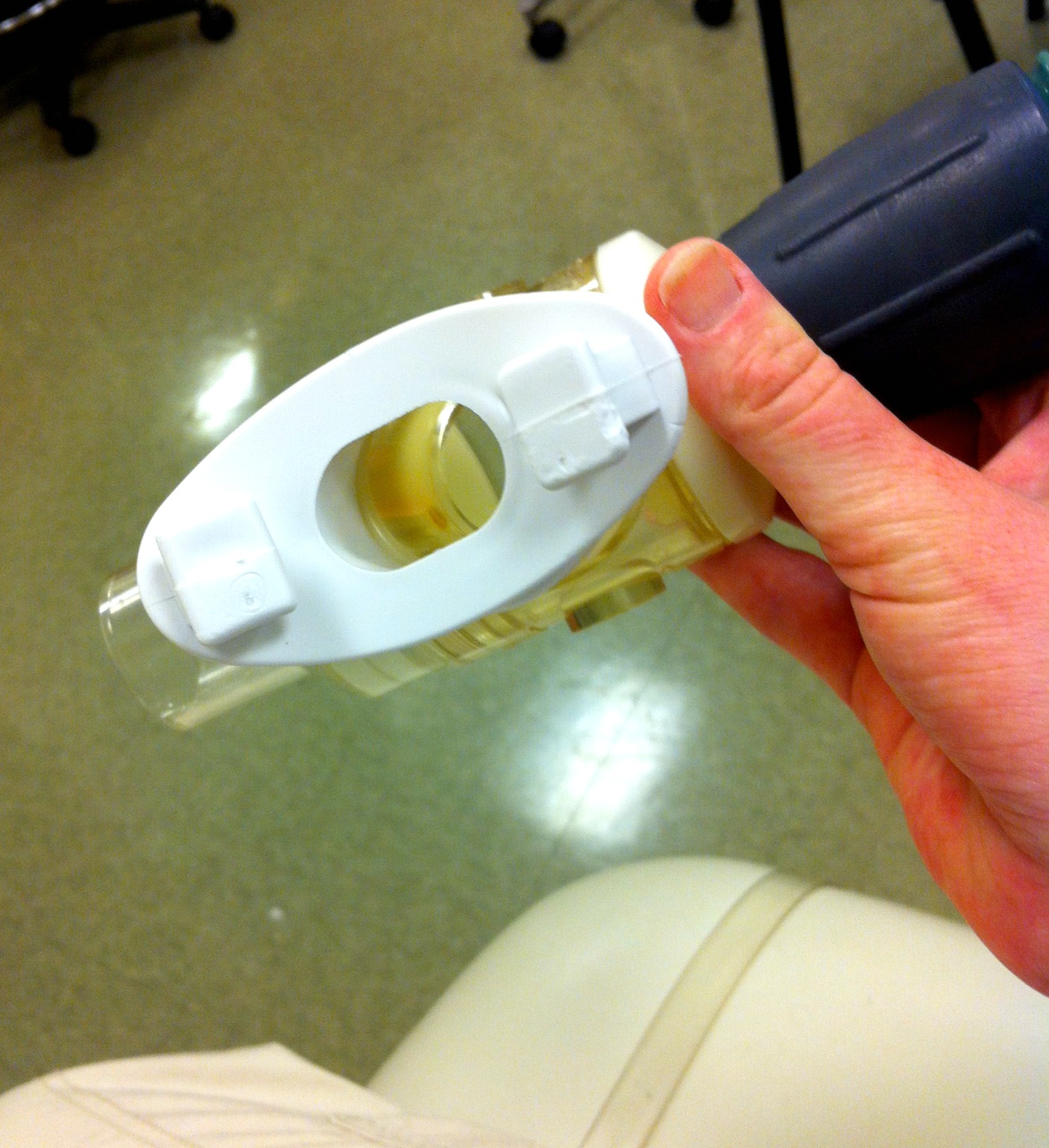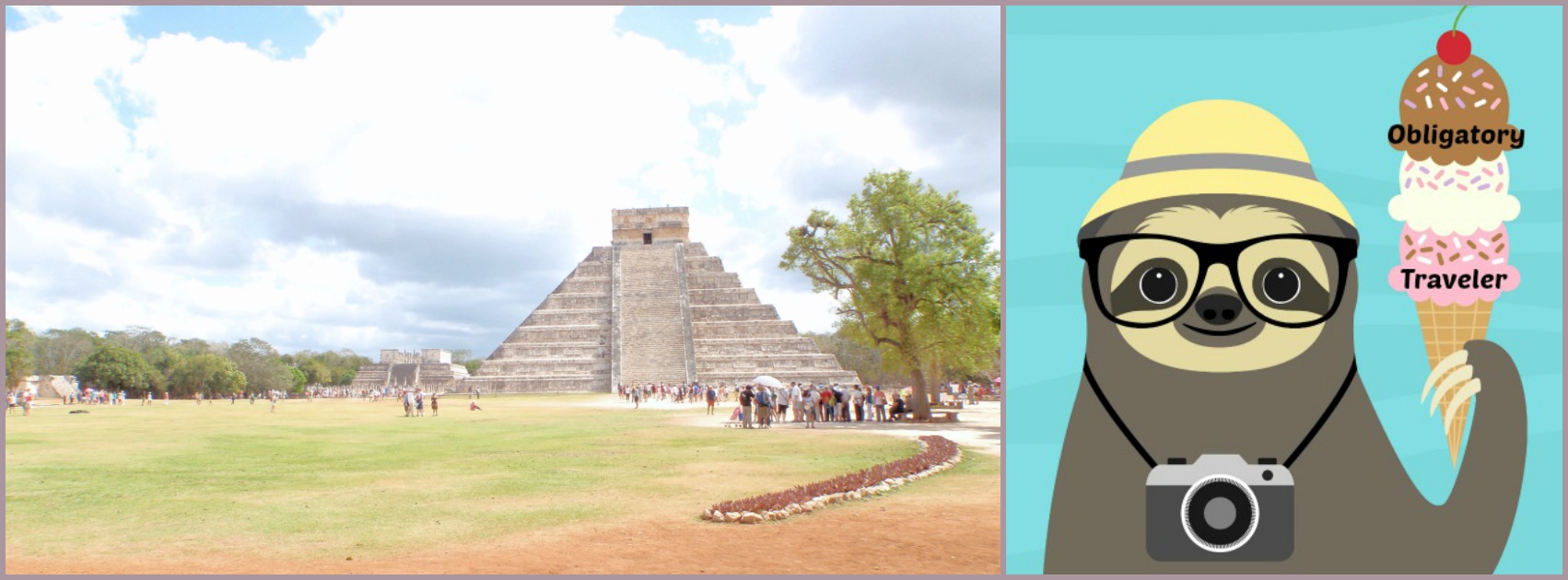
PLEASE NOTE, THIS POST MAY INCLUDE AFFILIATE LINKS, MEANING THAT IF YOU CLICK ON A LINK AND MAKE A PURCHASE, I'LL RECEIVE A SMALL COMMISION. THIS WILL COME AT NO COST TO YOU.
When I looked up information on having a High Altitude Simulation Test (HAST) completed, the information was vague, brief, and clinical. I couldn’t find anything about what the experience of having the test done would be like. I thought I’d post my experience for anyone who might be looking for a little more than the clinical explanation.
When I met with my pulmonary hypertension specialist, one of the first questions asked was when did I first experience symptoms. Of course I couldn’t tell that story without it being revealed that I travel quite a bit. Because I fly in airplanes several times a year, my specialist thought it would be a good idea for me to have a HAST completed. The test would mimic conditions in an airplane and would evaluate my oxygen saturation levels to see if I needed to bring supplemental oxygen with me when I fly.
I arrived at Penn’s Perelman Center for advanced medicine bright and early. This is my second visit to the center. It feels a little like visiting a fancy hotel. There are staff everywhere offering to help you, directing you where to go, there is even someone who coordinates the elevators. It makes you feel kind of special.
I reported to Pulmonary Diagnostic Services and was greeted by Michael, who would be administering and evaluating my test.
Michael was awesome! He was extremely friendly and very funny. I sat down on something that was halfway between an examination table and a chair. It was kind of like an examination throne.
After getting some basic information, Michael explained in detail, step by step, exactly what the test would entail. I then had to sign a consent that said I wouldn’t hold anyone responsible if I passed out or had a heart attack during the testing.
The set up process took some time. I had sensors put in place to hook me up to an EKG machine. Another sensor was then placed on my forehead, and then my forehead was wrapped in a headband. The forehead sensor measured my oxygen saturation. I was informed that the forehead sensor is more accurate than using a finger clip. I was cool with that because the finger clip always makes me fidgety. I looked quite the sight.
Next, Michael inflated a giant bag with a mixture that included only 15% oxygen.
The final step was for Michael to put nose clips on my nose, and for me to put the breathing register, that was connected via hose to the bag, into my mouth.
The timer was then set for 20 minutes.
For the first 15 minutes, I just had to sit and breath normally. Michael was great. He was talkative so I got to hear about his daughter wanting to attend college in Japan, he talked about the plane ride to Disney World, and a whole array of subjects. He kept what could have been a very boring and slightly awkward 20 minutes, interesting. At specific intervals, Michael would record my oxygen levels, my heart rate, and print out my EKG readings. Actually he said he was printing out more than the usual EKG readings because it had been a while since he had seen such beautiful heart rhythms. They were so perfect, I was clearly created in a lab by the government. Yes, that was my backstory. I must have escaped and I no longer have any memory of my time in the lab, but soon, according to Michael, I will discover that I can move things with my brain. Did I mention how great Michael was?
After 15 minutes, I had to get up and walk. Some people are fine when just sitting, but when they get up and say, walk to the bathroom in the airplane, that’s when they have troubles. This would explain why Betty in the Sky with a Suitcase (podcast) always has stories of people passing out on the plane.
Michael started out walking with me, and then he broke out some entertaining dance moves. After walking for 5 minutes, the test was complete. It ended up being easy. Probably the worst part was that there’s a growing saliva issue as the test progresses, and by the time you dislodge the breathing piece from your mouth, well it’s sorta gross.
Two things that could have happened during the test that didn’t happen for me-
– If they had trouble getting good readings, they would have to check my blood gas levels. Michael stated this is always avoided if at all possible, because getting your blood gas level checked is an unpleasant experience.
– If my oxygen levels dipped under a certain number during the test, Micheal would have hooked up an additional tube into my breathing register. He would then start to pump in oxygen increasing the amount until my levels were at a safe range. This would have determined how much oxygen I needed on the plane.
Fortunately neither of these events were necessary during my testing.
Micheal unhooked me from everything. I joked about keeping the headband so that I could cosplay Eleven from Stranger Things. Michael happened to be watching Stranger Things so we geeked out together about the show.
The good news, my oxygen levels never fell below the mid-80s, so at least for now, I don’t need oxygen when I fly. Yay!
Due to the nature of pulmonary hypertension, I’ll probably have to repeat the test at some point in the future, but as long as Michael is there, I don’t mind.
Because I’m a child at heart, and firmly believe that one should always be rewarded when having to endure medical tests, we stopped by Federal donuts.
Guess what they have? A churro donut! We ended up getting three donuts. I got the churro donut, Shannon got the blueberry pancake, and we split a tres leches.
They were all really good. The churro donut however, was magical.







